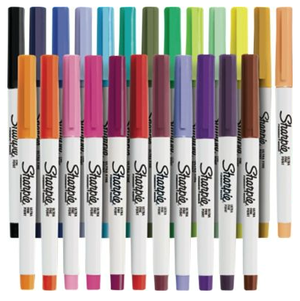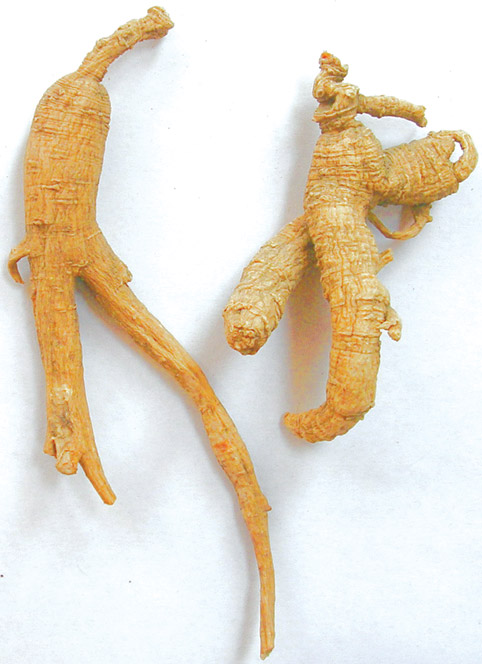A few weeks into my Chemotherapy, I remembered that the Anthroposophic doctor I had seen the week before hosted painting classes for some of her cancer patients. She herself had amazing drawings she created when battling illness. For those unfamiliar with Anthroposophical medicine, it is a complementary approach to medicine that integrates the theories and practices of modern medicine with homeopathic medicines, physical and artistic therapies and biographical counseling.
The medical approach has its foundation in a spiritual-scientific understanding of the human beingthat regards human wellness and illness as biographical events connected to the body, mind and spirit of the individual.
Anthroposophical medicine uses a holistic approach ("salutogenesis") that focuses on factors that support human health by strengthening the patient's physiology and individuality, rather than solely addressing factors that cause disease. The autonomy and dignity of patients is a central theme; therapies are believed to enhance a patient's capacities to heal.
This system was founded in the 1920s by Rudolf Steiner in conjunction with Ita Wegman as an extension to conventional medicine based on the spiritual philosophy of Anthroposophy.
....
Up to that moment I used to spend the first few days after Chemo reading stacks of books by my favorite authors, taking my 'round the clock list of supplements, attempting a short walk in the afternoon, and doing light cooking till my son and bf came home around 4pm.
Based on that recollection of art as therapy, I felt the urge to try to paint, so my daughter brought me some paints, a few small canvases and brushes. As a teenager, I dabbled with my father's oil paints, but enjoyed drawing a lot more.
I attempted an abstract painting, but didn't like the medium, so I asked J to buy me a drawing tablet on his way to work the next day, and he gave me a huge box of colored pencils. I ordered a rainbow of Sharpies from Amazon too.
In the early 70's I loved drawing psychedelic pictures, and actually had a couple that my Mom thought to bring me from Lebanon on one of her trips here in the early 90's.
Below is the template of one of them done in pencil that I decided to redraw in color.
A World of Colors
This began a journey that wove a thread from the past into the present in a lovely healing pattern. I was addicted to cranking out a picture every 2-3 days. Since I have never really 'grown up', I brought my favorite animated or cartoon characters into surround, and asked them to join me in this play with shapes, color and images.
The focus, the colors, and the call to be creative in a world of fantasy, helped me ignore the raging battle inside; my body dealing with the onslaught of Chemo drugs (I was on a dense-dose regimen with a treatment every 2 weeks), trying to cheerfully weather the awful taste in my mouth for 6 days after treatment and still eat well, and the stunning transformation of my hair into a brittle patch of falling squiggles, and the inevitable a drop in energy. (I shaved my head not long after that very disturbing experience began!)
My family had fun being surprised by each new creation, and made suggestions for the next picture.
Since my boyfriend J is in the music business, and we all either play an instrument, sing, or are avid music lovers... I had come up with a tribute to the what is essentially the backdrop of our lives. Remember, my creativity was dampened more and more each week by the Chemo doing a number on my brain cells.
I laughed that these were worthy of a child's portfolio! But I was having a blast, or as much of one as I could during this amazing process of rebirth.
Conclusion
I framed the originals, three were gifts, and made good quality copies of the rest, since my family thinks that I should make them available for purchase! Cute people, aren't they? :)
Art is a meditation, it reduces stress and summons creativity... as side many of us may not nurture enough.
So next time you're dealing with an overwhelming situation, whether you think you have talent or not (it didn't stop me!), pick up some colored pencils, crayons or markers, and Go WILD!
~ In Good Health!♥







 not only for its value in enhancing normal inflammation function. It has also been used traditionally to support normal liver detoxification function, lowering our body burden of toxic chemicals which is also linked to tiredness, fatigue and a loss of well-being.
not only for its value in enhancing normal inflammation function. It has also been used traditionally to support normal liver detoxification function, lowering our body burden of toxic chemicals which is also linked to tiredness, fatigue and a loss of well-being.
